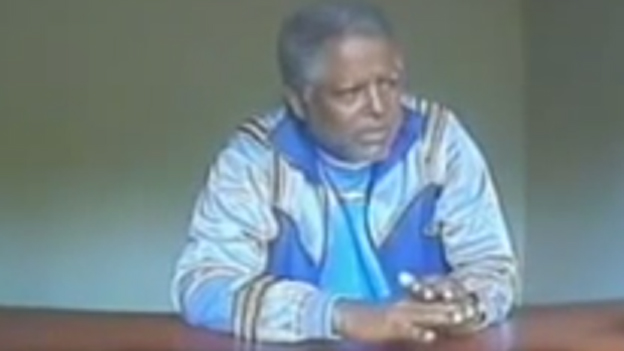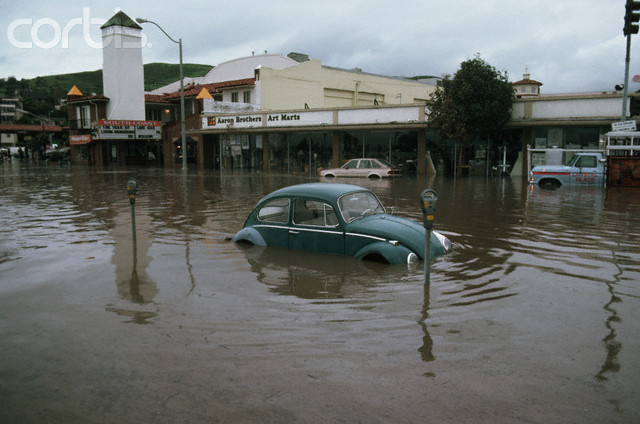By: Danielle L. Cowan (Gwozdz)
Senior Desk Operator, Africa
ADDIS ABABA, Ethiopia – Ethiopia has confirmed it has arrested opposition leader Andargachew Tsege, who disappeared in Yemen last month.

Tsege’s wife, Yemi Hailemariam, told the BBC she was shocked to see him paraded on state television in the UK, where she currently resides.
Tsege has been arrested in Yemen and then extradited.
He has been sentenced to death in absentia on charges of plotting to overthrow Addis Ababa government, state media reported on Wednesday.
Tsege is a secretary general of the Ginbot 7 group and was among 200 opposition figures and journalists charged with conspiring rebels, plotting attacks and attempting to topple the government.
Ginbot 7 has been labeled as a terrorist group by the Ethiopian government.
He was sentenced to death in 2009. However, another trial put him behind bars for life.
Similar to his wife, Tsege also holds citizenship in Britain.
Now that Tsege is in the government’s hands, his family is worried about his safety. “The British embassy has still not been granted consular access,” his wife told the BBC. “We are deeply concerned he is being tortured and they will wait for his wounds to be healed before anyone can see him.”
There are also concerns that Yemen’s government did not follow the correct procedures for extradition. It is believed that Tsege was arrested and flown to Addis Ababa without British officials being formally alerted.
An extradition expert stated that the British embassy should have been notified that one of its citizens was being detained and given the chance to visit him.
“Sometimes there is no legal extradition process and then there is a risk that rendition can take place following informal contact between police forces,” the expert said.
In a statement on Friday, Ginbot 7 stated that Tsege has been given for slaughter. It has also warned Yemen that it has made a “historic mistake.”
Ginbot 7 also says that it declares a war in the name of Tsege for justice, freedom, and equality.
BBC correspondents have claimed that Tsege sounded hoarse and appeared to be incoherent during his appearance on TV.
He said he has accepted his arrest as a “blessing in disguise.”
An Ethiopian political commentator based in America stated that the region has always been dangerous for political activists.
For more information, please visit:
BBC News – Ginbot 7’s Andargachew Tsege: Ethiopia confirms arrest – 9 July 2014
Reuters – Yemen extradites Ethiopian opposition official to Addis Ababa: government – 9 July 2014
Economist – Snatched – 9 July 2014
Aljazeera – Yemen ‘extradites’ Ethiopia opposition leader – 5 July 2014
The Guardian – UK stands accused over extradition of Ethiopian opposition leader – 4 July 2014

